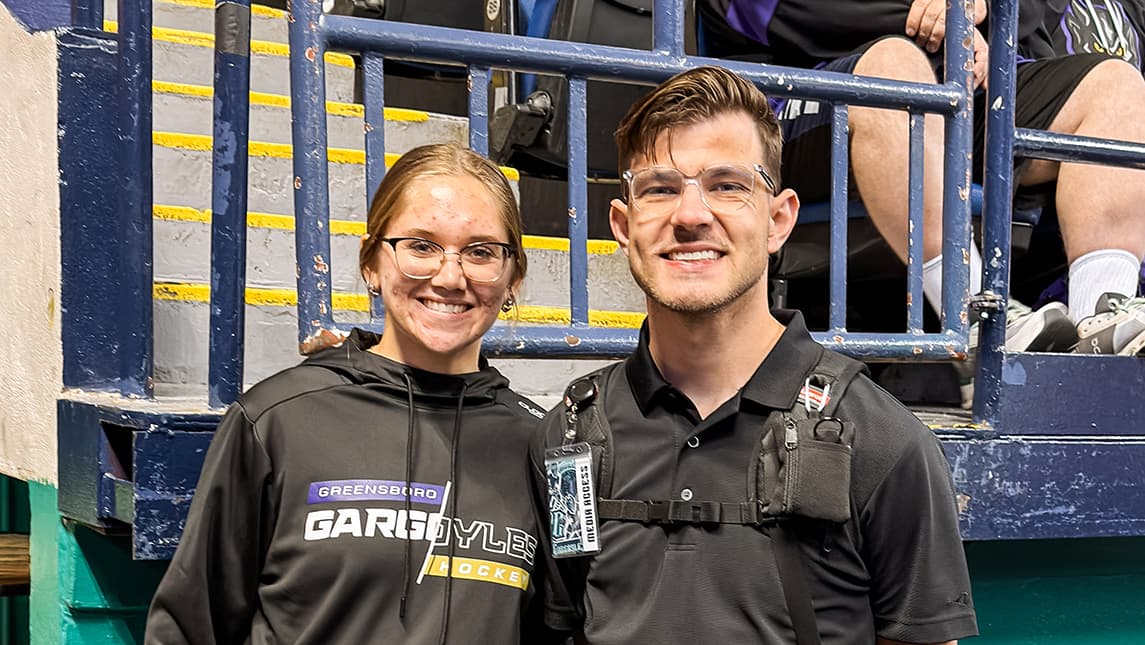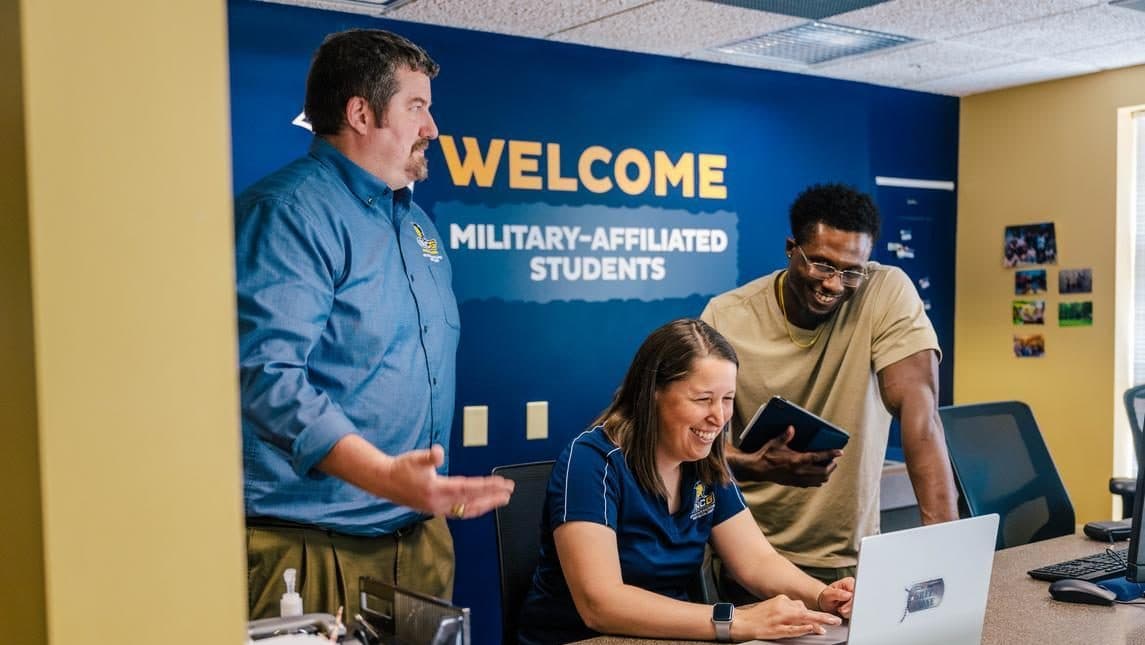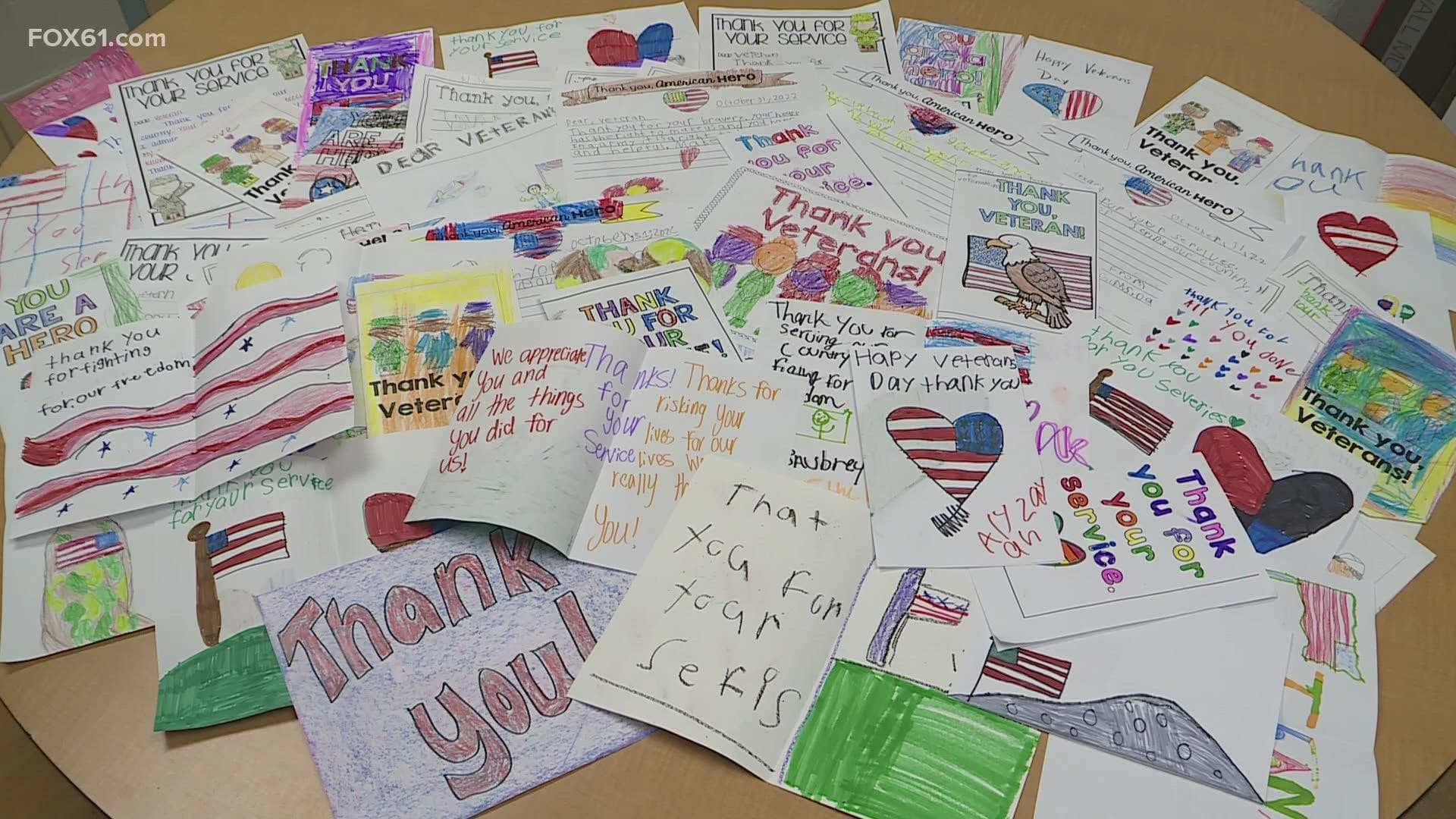UNCG Students Gain Field Experience With Greensboro Gargoyles
On Nov. 10, 2025 UNCG profiled two students working with the Greensboro Gargoyles this hockey season, linking classroom learning to real world practice. Their roles in athletic training and team photography advance student career preparation, support community sports, and highlight the public health and workforce value of university community partnerships.

Two University of North Carolina at Greensboro students are applying campus training in the community this hockey season through hands on work with the Greensboro Gargoyles. The university announced on Nov. 10, 2025 that graduate student Paige Scanam is completing a clinical rotation with the semi pro team in athletic training, while undergraduate Jacob Sterling is volunteering as the team photographer after shifting from a pre med path to study photography.
Scanam is enrolled in UNCGs Master’s in Athletic Training program and is working with the Gargoyles on athlete care, injury prevention, rehabilitation and emergency response. Those responsibilities place her at the intersection of clinical education and public safety on the ice, providing medical services that protect player health during games and practices. Sterling is covering games, practices and team events as a volunteer photographer, contributing to the team’s outreach and visibility while gaining professional experience in sports media.
Both students found their roles through proactive outreach. Scanam connected through clinical coordinators who place students in community settings to fulfill practicum requirements. Sterling secured his volunteer position after reaching out directly to the organization. Their experiences illustrate how internships and clinical rotations translate classroom skills into paid or volunteer work, while supplying local sports organizations with trained personnel and creative services.
For Guilford County residents the arrangement offers multiple community benefits. Having a trained athletic trainer involved with a local team improves on site emergency response and ongoing injury management, which can reduce time lost to injury and limit long term harm. A student photographer enhances the team’s capacity to engage fans and sponsors, helping to sustain semi pro athletics that contribute to local culture and small scale economic activity around game nights.
The placements also speak to broader public health and workforce considerations. Clinical rotations for allied health students build a pipeline of practitioners experienced in community settings, which is especially important in counties with uneven access to sports medicine resources. Strengthening partnerships between universities and local organizations can stretch limited resources and improve equity in access to care and experiential learning for students from diverse backgrounds.
Policy makers and university administrators face choices about funding and coordinating these partnerships so that clinical placements are accessible and properly supervised, and so that community organizations can rely on consistent service without undue burden. As universities emphasize experiential learning, ensuring placements are equitably distributed and supported will be key to turning academic training into community benefit across Guilford County.


